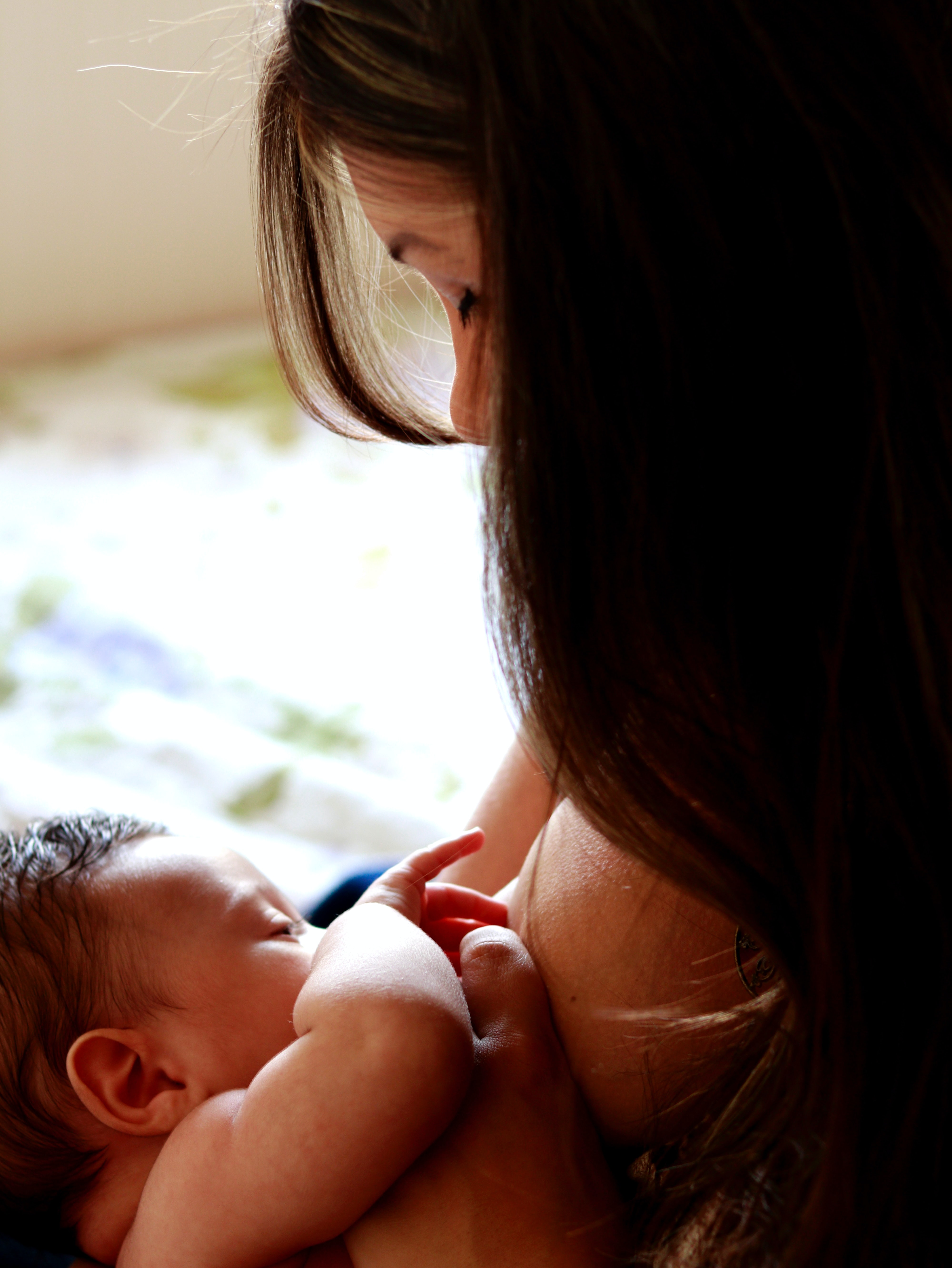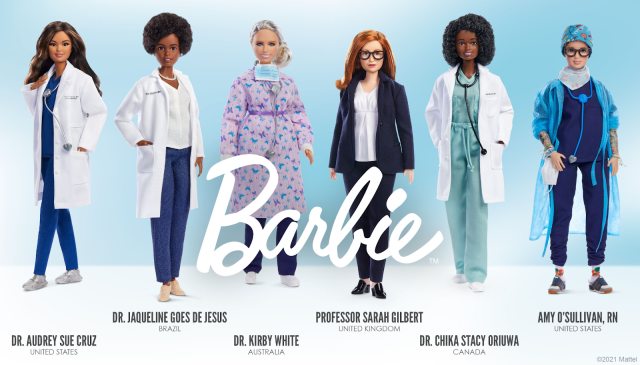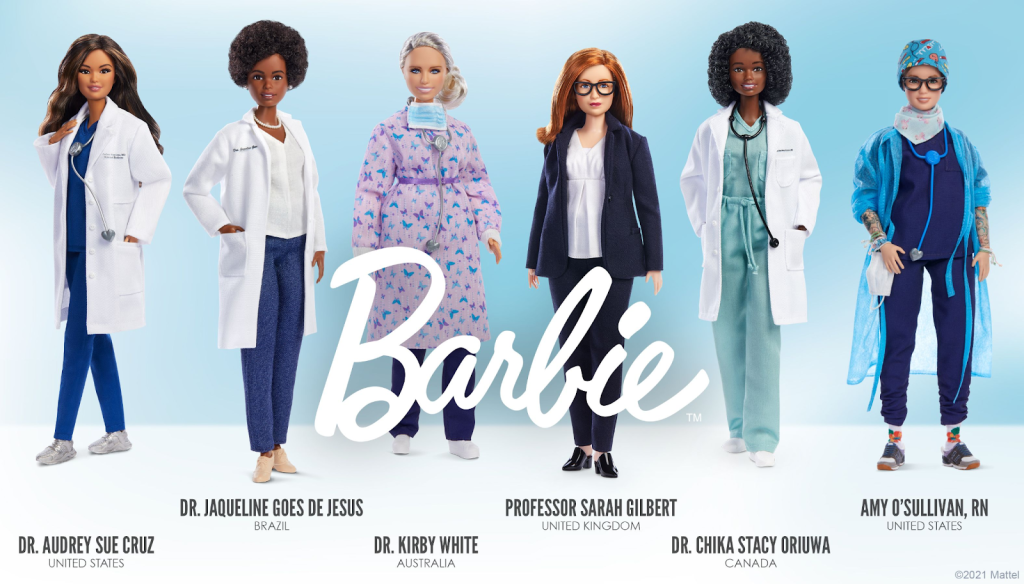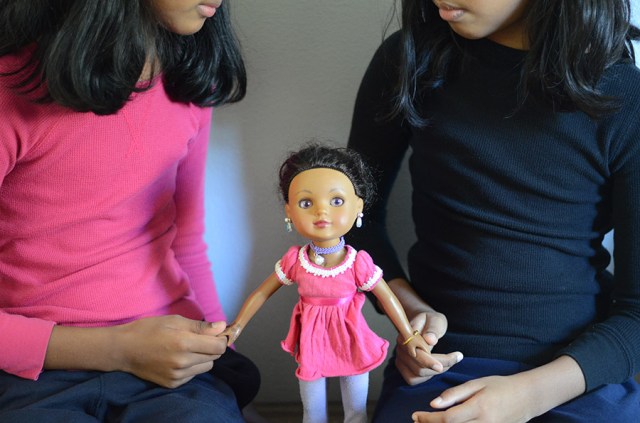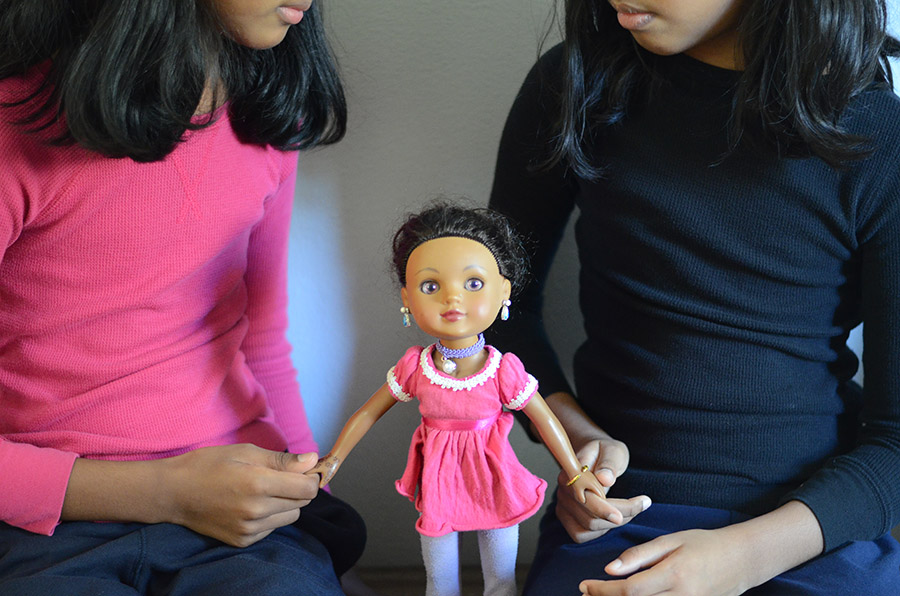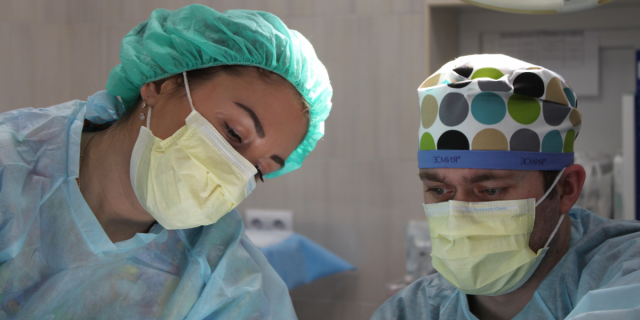The CDC is reporting higher than normal flu activity, and although February is typically peak flu season, they predict it will continue to be elevated for several weeks.
With all the media focus on the Omicron variant, I have had a lot of parents reaching out wanting to know if it is too late for a flu shot. As a pediatrician, I know the importance of protecting ourselves against influenza, but as a mother, I dread the tears and drama from vaccinations. Of course, if we are going to put our children and ourselves through the stress of “the flu shot” we want to know—is it worth it?
It has been reported that the flu vaccine is only 30% effective against the flu, with such low efficiency, is it even worth putting my child through a flu shot?
I believe that some protection is better than no protection. Influenza is most dangerous for the younger population and the elderly. There are many dangerous and even fatal complications from the influenza virus, so getting your child vaccinated is the best way to protect them from getting the flu, or to help lessen the severity of the flu symptoms.
Does the flu vaccine protect against H3N2?
During the last flu seasons, it was determined that the flu vaccine’s effectiveness against the H3N2 strain was approximately 32%. However, this year’s vaccine has been found to be a mismatch for the H3N2 strain, meaning it’s much less effective than in prior years. Nevertheless, getting the flu shot means you’ll be less likely to become seriously ill.
Is it too late to get the flu vaccine?
No, not at all. It takes an average of two weeks for the flu vaccine to become effective. Even though flu season is estimated to peak in late January, flu season is not officially over until May. Getting your child vaccinated now will help protect them against the flu season’s second peak in early spring.
Is there a vaccine in the form of a nasal spray?
Unfortunately, the CDC found that the nasal spray didn’t prevent cases of the flu between 2013 and 2016. Therefore, it is no longer recommended or available in the form of a nasal spray.
If my child is allergic to eggs, can he still get the influenza vaccine?
Health experts say that the amount of egg allergen in the vaccine is so tiny that it is safe even for kids with a severe egg allergy. I recommend that if your child has an egg allergy, you should get the flu shot in a doctor’s office with appropriate supervision, not at a supermarket or drugstore.
Here are five things parents need to know before their child gets a flu shot:
- Flu Shots for Babies: Children under the age of 6 months can not get the flu shot, however, they have the highest risk of complications if they get sick with the flu. So, if you have other children in the house that go to school, it is imperative you get them vaccinated to prevent them from giving it to your infant. In addition, research shows that infants get some protection from the flu if their mothers get a flu shot while they are pregnant.
- Multiple Doses: If your child has never gotten the flu shot before and is under the age of nine, they are going to need to receive two separate shots of the vaccine.
- Call Ahead: If you going to go to your pediatrician to get the flu shot, call ahead and see if you can make a nursing appointment, or make your appointment the first available appointment of the day. I can’t tell you how many children go to the doctor to get their flu shot and catch something else while they are waiting to be seen.
- Your Child Can Still Get the Flu: Depending upon the vaccine you are giving, you are protected against 3 to 4 strains of the influenza virus. Therefore, although the vaccine lowers your chance of getting the virus and probably lessens the severity of the symptoms, it does not guarantee that you will not get the flu. If your child has gotten the flu shot, but still shows symptoms of the flu, have them evaluated by their pediatrician.
- The Unavoidable Ouchie: The injection itself can cause a lot of tenderness to the area where the shot was given. You can lightly massage the area for an hour after the injection. It significantly decreases the pain to that area. Also, don’t be too alarmed: your child might experience mild flu-like symptoms after receiving the vaccination.
I hope this helps you as you brave what’s shaping up to be a historic flu season.
(And as always, check with your own healthcare provider before taking any medical advice you might read here.)
RELATED STORIES:
Twindemic Tips: How to Handle the Winter Flu & COVID
14 Mom-Tested Home Remedies to Fight Colds & Flu
I Think My Kid Has the Flu—Now What?












